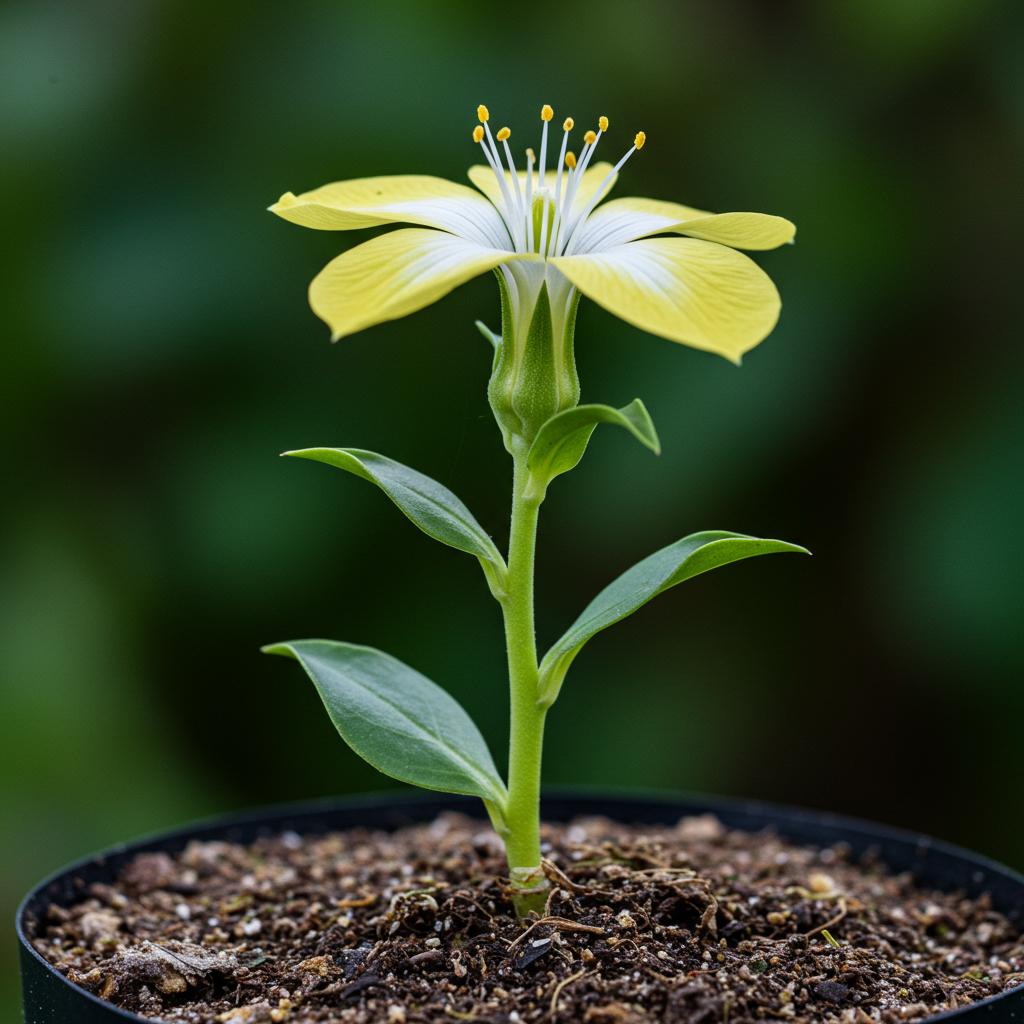
Ever wondered how scorching summer heat affects the delicate blossoms in your garden? It’s more than just wilting petals; intense heat can seriously disrupt a plant’s ability to develop healthy flowers, impacting everything from its beauty to its reproductive success. This is a significant concern, especially with the increasing challenges of climate change and its impact on agriculture.
Scientists are constantly working to understand the intricate mechanisms behind this heat-induced floral damage, and recent research has shed some light on the molecular drama playing out inside plants during heat stress. It turns out that a key player in this process is a plant hormone called auxin, which is vital for growth and development. Imagine auxin as a conductor orchestrating various developmental processes, and one of its regulators is a protein called IAA8.
Think of IAA8 as a brake pedal for auxin’s activity. When IAA8 levels are high, auxin signaling slows down, impacting growth. Now, here’s where things get interesting: researchers have discovered that during heat stress, specific enzymes called MPKs (mitogen-activated protein kinases) modify IAA8 through a process called phosphorylation. Essentially, MPKs attach tiny phosphate tags to IAA8, much like adding sticky notes. These “sticky notes” alter IAA8’s behavior, making it more stable and resistant to degradation.
- Heat stress activates MPKs. These enzymes act like sensors, detecting the heat and triggering a response.
- MPKs phosphorylate IAA8. This phosphorylation stabilizes IAA8, preventing its breakdown.
- Increased IAA8 inhibits auxin signaling. With more IAA8 around, auxin’s growth-promoting activity is suppressed, leading to developmental defects in flowers.
- Flower development genes are affected. This disruption of auxin signaling cascades down to impact the expression of essential genes responsible for flower formation, ultimately resulting in abnormal flower development.
This research focuses on Arabidopsis thaliana, a small flowering plant often used as a model organism in plant biology. Scientists discovered that when they artificially mimicked the phosphorylated state of IAA8 in these plants, they observed significant defects in flower development. This mimicked the effects of actual heat stress, further solidifying the role of IAA8 phosphorylation in this process.
The study also revealed that this MPK-driven phosphorylation of IAA8 interferes with its usual breakdown process, making it stick around longer. This prolonged presence of IAA8 further dampens auxin signaling, exacerbating the negative effects on flower development. The researchers observed disruptions in the expression of crucial genes involved in flower development, particularly those belonging to the bZIP and MYB families – important regulators of flower structure and function.
These findings provide valuable insights into the complex interplay between heat stress, plant hormones, and flower development. Understanding these molecular mechanisms is crucial for developing strategies to protect crops from the detrimental effects of heat stress, ultimately contributing to more resilient and sustainable agriculture in a changing climate. Further research will explore how this knowledge can be translated into practical applications for crop improvement and management, paving the way for heat-tolerant varieties and improved agricultural practices.
